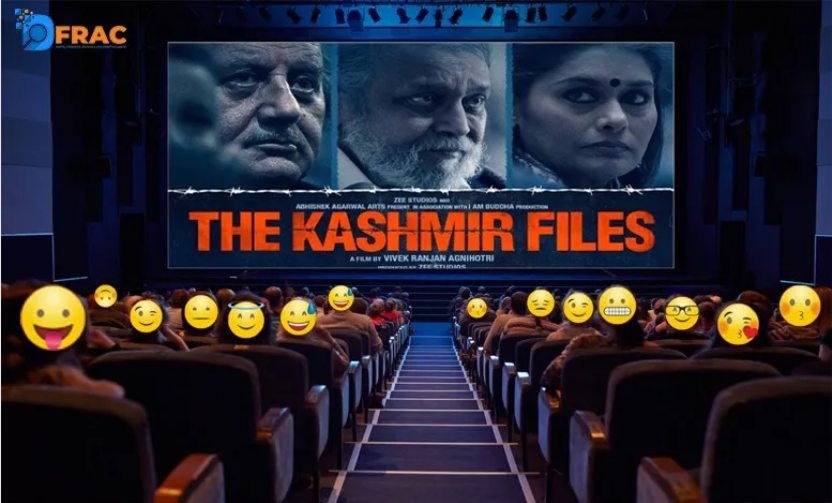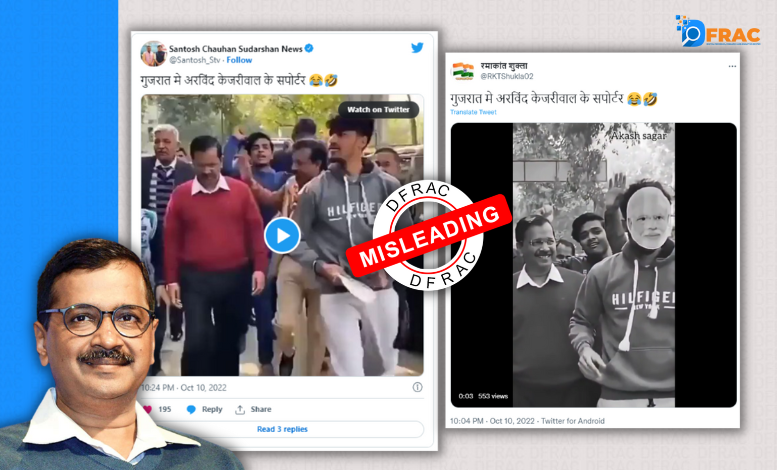The International Film Festival of India (IFFI) of 2022 saw the world waking up to new genre of Indian films officially being promoted by India through the film “Kashmir File”. The IFFI jury chairman, an Israeli filmmaker based in Paris, Naved Lapid, described “Kashmir file”, promoted by the ruling party at the Centre, with series of entertainment tax exemptions as “vulgar propaganda”. He thus flagged off new genre of officially supported “propaganda films” from India. What has pained Lapid to flag of this film as he found the film being entered in the competition section of the festival officially by the host country.
Little did Lapid knew that India’s tryst with Nehruvian era in films too had ended , with all filmy institutions including the National Film archive being merged with the sinking National Film Development Corporation (NFDC) , which had become an event management agency for the government of India. Last financial year 2022-23 end saw all institutions like Films Division, Directorate of Film Festivals, Children’s film society of India and National Film Archive of India which worked directly under the Ministry of Information and broadcasting were merged with NFDC, a corporation under the Ministry, thus putting end to these institutions created to nurture good films in India during the Nehruvian era. Not just that, the Central Board of Film Certificate of India’s appellate body was disbanded and the power of ultimate arbitration of censorship was bestowed to Home Ministry of the country, making the certification of films under the political establishment completely.
The emergence of propaganda films did not end with condemnation of “Kashmir File”. It was followed up with equally one-sided “Kerala Story” this year. The film claimed 32,000 young women of Kerala joined Islamic State groups, after converting to Islam, a fact when confronted in courts the filmmaker reduced it to just three. Critics described the film as “lengthy wahtsapp forward”,with no credible content but that did not prevent the BJP ruled States giving the film entertainment tax exemptions making it earn few hundred crores. The media build up followed ensured the young women leaving Kerala for their livelihood to Arabian countries “suspects” in the eyes of innocent people outside of Kerala.
Huge amount of public condemnation or criticism by courts have not stopped the propaganda film factory aided and abetted by the ruling party of the centre even after “Kerala Story”. There are already films on Delhi riots of 2020 and Ajmer 92 incidents, in the pipeline which are one-sided and trying to paint a minority community in bad light. The common thread of all these propaganda films, which are blatantly one, sided in their depiction of the story, is painting the minorities as black, thus adding to the favorite divisive narrative of the ruling establishment.
Even more dangerous is the effort by some established filmmakers to rewrite old stories into the divisive narrative, like in the case o RRR, a South India box office hit. Not just blatant propaganda, but in-film clever propaganda has become order of the day.
A look at the filmmakers of the genre reveals that they are totally new names and has identified themselves with the ruling establishment in one way or the other. Most of the old and established filmmakers have restrained from getting to this genre of films, as they always cater to majority of the viewers irrespective of caste and religions, that being the nature of the film market so far. However, the new rush for propaganda films appeared clearly due to the official patronage it is receiving through entertainment tax exemptions and for sure national awards, whose jury is also handpicked to encourage such films. For instance the “Kerala story “producer was the Chairman of the last National Film Festival jury. No one has any doubts that this genre is an official propaganda vehicle of the ruling Bharatiya Janata Party, just as its infamous IT cell.
VK Cherian is a senior media person and the author of the book “India’s film society Movement: Its journey and Its Impact”.





